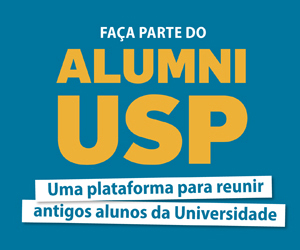 Localization, disorder, and the chemical bonding in Phase Change Materials
Localization, disorder, and the chemical bonding in Phase Change Materials
LQMEC Synergy com Prof. Ricardo Lobo (Sorbonne e PSL)
29/04, 2ª feira, 15h. Ed. Principal, Auditório César Lattes ou via Zoom: sala 824 1511 3194, senha 011616
Chalcogenide-based phase change materials (PCM) undergo an amorphous to crystalline phase transformation, which shows a metal-insulator transition with significant changes in their optical properties. In addition to the formation of a Drude-like peak, one also observes an intriguing change, of almost one order of magnitude, in the value of the infrared dielectric constant as well as in the Born effective charge [1]. The fundamental origins of the large changes in the optical properties of PCMs are quite intriguing and not fully understood. Here we look at the optical conductivity of a series of PCMs – GeTe, GeSb2Te4, Sb2Te3, and Sb2Se3 – with different degrees of crystallinity and, hence, different conductivities. We highlight three properties of these materials. The first important feature is the role of disorder in the metal-insulator transition. Upon annealing we observe an appearance of a mid-infrared peak that increases in intensity and moves towards a zero-frequency centered Drude peak. Secondly, we closely follow the value of the Born effective charge, extracted from the phonon spectral weight. We observe that this charge increases with the dc conductivity of the material, in contrast to the idea that free carriers compensate for the phonon dipole momentum. Finally, we analyze our data in terms of a “metavalent bonding” [2]. This is a proposed new chemical bonding that would sit between metallic and covalent and which has very particular properties. This metavalent bonding strongly correlates with PCMs that show remarkable optical properties changes.
► Mais informações em lqmec.com/lqmec-synergy













